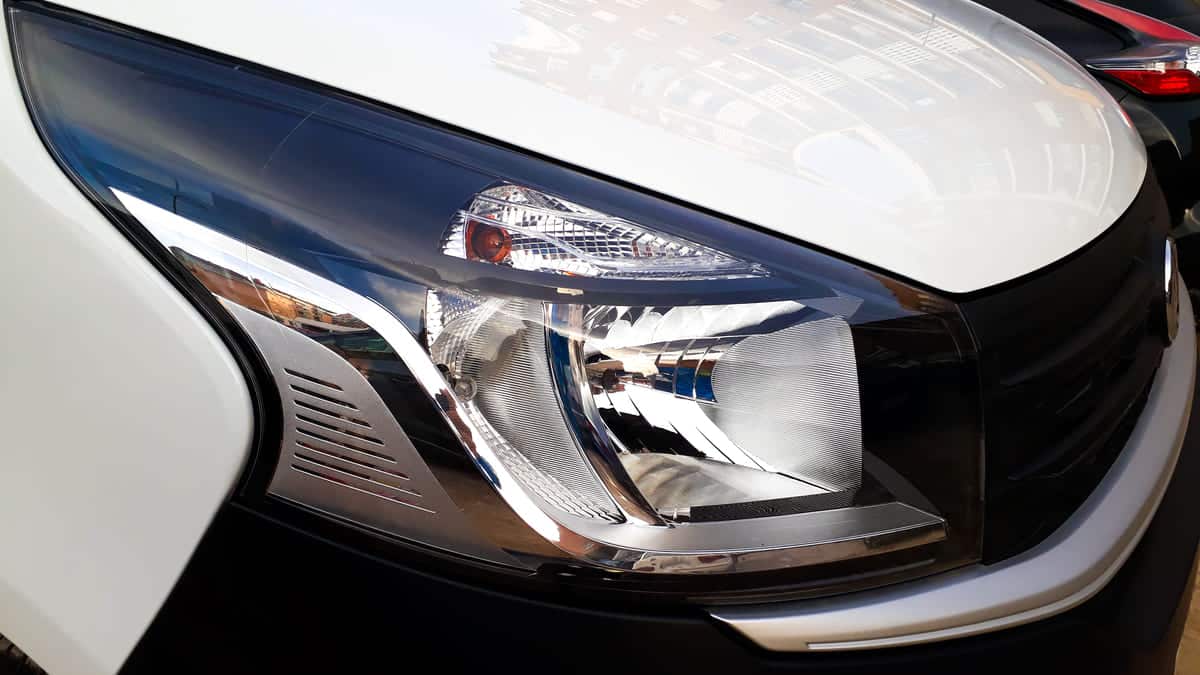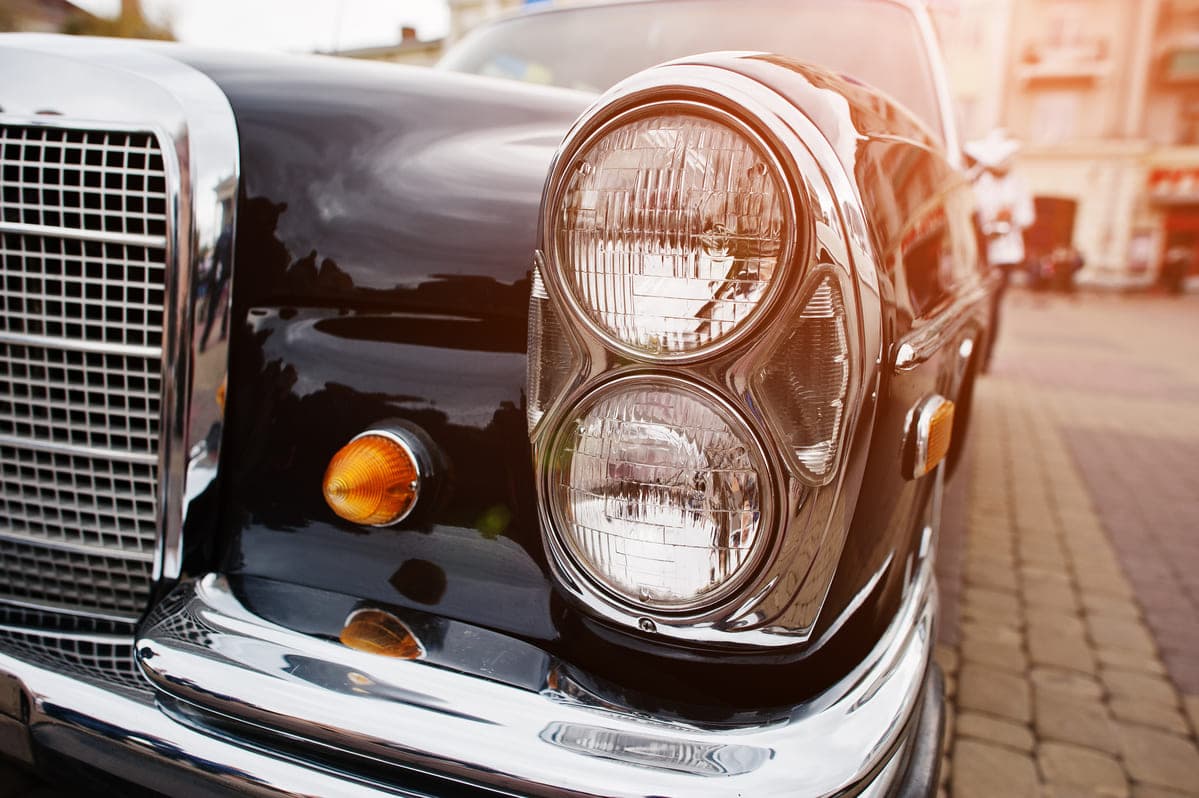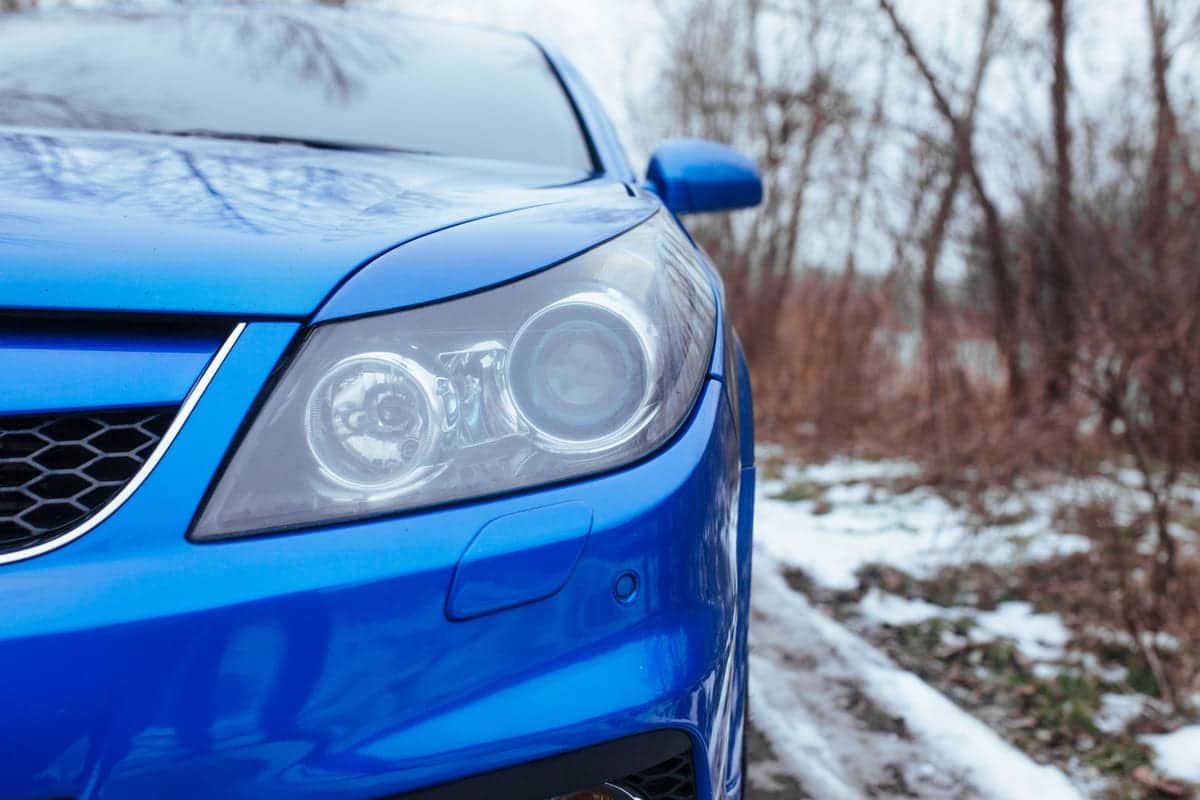Modern car headlamps use LED, HID, and halogen bulbs for maximum brightness and energy efficiency. They often have auto on/off, adaptive and high beam assist to make it safer and more convenient.
What is a Headlamp on a Car?
A headlamp is a light located at the front of the car. It shines the road ahead when driving at night or in low visibility. The main function of headlamps is to light up the road. This helps drivers see obstacles, road signs, and other cars. Proper lighting is important for safe driving especially in dark or foggy conditions.
Headlamps make the car visible to others. It reduces the risk of accidents during night driving. Features like auto on/off and adaptive lighting adjust the beam according to driving conditions, making it safer. High beam assist prevents dazzling oncoming drivers by automatically switching to low beam. All these features increase visibility and reaction time, makes driving safer for everyone.
References
- Headlamp. Wikipedia. Retrieved from
- Headlamp. ScienceDirect. Retrieved from
What is the History of Car Headlamps?
The first headlamps appeared on cars in the late 1880s. These early ones used acetylene and oil for lighting. They were bright and steady and less affected by wind so it was suitable for early cars.
Electric headlamps were introduced in 1898 by the Electric Vehicle Company. This was the start of the technological advancement of motor vehicle lighting. By the 1920s electric headlamps became more common and replaced acetylene lamps.
A major milestone was the introduction of sealed beam headlamps in 1939 which improved light focus and intensity. Halogen bulbs were introduced in the 1960s for brighter light and longer life. HID lamps in the 1990s and LED in the 2000s.
Regulations have played a big role in headlamp development. In the US, the Federal Motor Vehicle Standards (FMVSS) sets the requirements for headlamp performance and safety so all vehicles are consistent.
References
- History of Automotive Headlamps: From Acetylene to LEDs. autoevolution. Retrieved from
- The Evolution of Car Headlights. Hyundai News. Retrieved from

What are the Types of Car Headlamps?
There are several types of car headlamps:
Halogen Headlamps: Halogen headlamps use tungsten filament and halogen gas. Affordable and easy to replace. But generates a lot of heat and consumes more energy than others.
- Pros: Affordable, widely available, easy to replace.
- Cons: High energy consumption, heat generation, short lifespan.
LED Headlamps: LED headlamps use light-emitting diodes. Energy efficient and long lifespan. Bright and focused light but more expensive than halogen bulbs.
- Pros: Energy efficient, long lifespan, bright light.
- Cons: Higher cost, complex design.
Xenon/HID Headlamps: Xenon or HID (High-Intensity Discharge) headlamps produce light through an electric arc. Brighter than halogen lamps and better visibility. But more expensive and can cause glare to oncoming drivers.
- Pros: Bright light, better visibility, longer than halogen.
- Cons: Expensive, potential glare, needs ballast.
Laser Headlamps: Laser headlamps use lasers to produce intense and focused light. Highly efficient and long range. But expensive and complex.
- Pros: Extremely bright, energy efficient, long range illumination.
- Cons: Very expensive, complex technology.
Adaptive Headlamps: Adaptive headlamps adjust the direction and range of the light beam based on driving conditions. Improves safety by optimizing lighting around curves and bends. But complex and expensive.
- Pros: Better safety, optimal lighting, adjusts to driving conditions.
- Cons: Expensive, complex system.
References
- Types of Car Headlights. The Engineers Post. Retrieved from
What are the Different Shapes of Headlamps?
Headlamp shapes have evolved over time. Early headlamps were round and simple. As manufacturing technology improved, designers introduced square, rectangular, and more complex shapes to improve function and style.
Modern headlamps come in various shapes, round, rectangular, oval, and complex shapes like teardrops or trapezoids. These shapes often have multiple lighting elements and advanced technology to improve visibility and style.
The shape of a headlamp can affect its performance by affecting the light distribution and focus. Aerodynamic shapes reduce drag and improve fuel efficiency. Attractive designs also add to the overall appearance of the vehicle making it more desirable to consumers.
Automotive manufacturers have a big role in headlamp design. They work with lighting technology companies to create innovative and functional headlight shapes that meet safety standards and the brand’s design language. So headlamps not only perform well but also match the brand’s design.
References
- Car Headlight Designs. Dubizzle. Retrieved from
How Does a Headlamp Work?
A headlamp has several components:
- Bulb: The bulb produces light when electricity passes through it.
- Reflector: The reflector located behind the bulb directs the light forward.
- Lens: The lens focuses and shapes the light beam to ensure proper illumination and minimize glare.
- Housing: The housing protects the components from environmental damage.
These components work together to produce and direct light.
The vehicle’s electrical system powers the headlamps. It includes the , alternator and wiring. A switch or sensor turns on the headlamps and allows current to flow from the battery to the bulbs to light up the headlamps.
LED headlamps use light-emitting diodes, which are energy efficient and have long lifespan. Laser headlamps use laser diodes to produce intense and focused light. Both technology offers bright and efficient lighting but differ in complexity and cost.
References
- How do car headlights work?. Physics Stack Exchange. Retrieved from

What is the New Style of Headlamps?
The latest trend in headlamp design is matrix LED, laser lights, and adaptive systems. This advanced technology offers better lighting, energy efficiency, and sleek design. They also support smart features like auto high beam adjustment and turn on and off with the help of a .
Matrix LED and laser lights improved from previous technology by having precise control over light distribution. Matrix LED can dim or brighten individual sections of the beam. Laser lights provide intense and focused light for longer distances.
Future headlamp technology may also integrate with vehicle sensors and AI. This will enable more advanced adaptive lighting that responds to road conditions, weather and traffic automatically, for better safety and performance.
The new headlamp style improves vehicle safety by improving visibility and reducing glare to other drivers. They also adds aesthetics, making the vehicle look modern and sexy. Adaptive lighting makes driving safer and more comfortable.
References
- Types of Car Headlight Bulbs. Experts. Retrieved from https://www.windshieldexperts.com/blog/types-of-car-headlight-bulbs/


